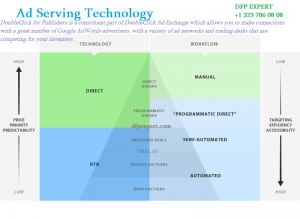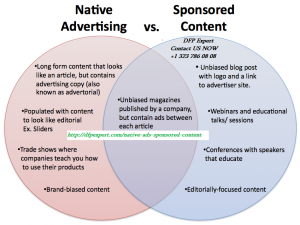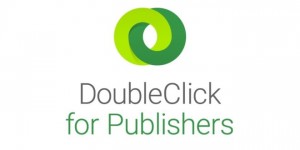Ad Serving Technology
The Modern Adserving Technology – A Quick Guide
Depressed by the multiplicity of display advertising technology? DFP Expert gives a guided tour of the adserving technology to help you get decided among the wide range of Ad Servers.
The adserving technology is one of the most complicated industries. Some would even relate adserving industry as “overly complicated”. As a result, many people in the advertising world throw around terms which most often lead to misunderstanding.
Since adserving technology is the point where most crucial issues arise, let’s first provide some clarity on ad serving technology from the point of view of the publisher when it comes to how their inventory is served from a technology and priority perspective.
The diagram below demonstrates how modern publishers schedule delivery within their ad serving stacks to finance business from both direct orders and programmatic channels (the so-called ad serving “waterfall”).

Adserving Technology #Ad Serving Platforms
The focus of an adserving tecnolgy is displaying advertisements on websites. The aim of ad serving companies is to provide technology and software to websites and advertisers in order to serve ads, count them, and choose those ads that meet the demands of the publisher and the targeted audience bringing more profits and revenue to your business. Factually, there are two types of ad serving platforms: publisher ad servers and advertiser or third party ad servers.
So, what is eventually an Ad Server? An Ad Server is a web server that collects certain advertising content used in digital advertising handing it over to a variety of online platforms which include websites, social media outlets or mobile apps. Having discussed the concept of an Ad Server, let’s now pass on to our main subject which is DFP. At this point, we would like to mention that there are several ad servers, and though the aim of those ad servers is to provide the same service, there are still certain differences among them, such as a difference in accessibility of data so as to optimize the tracking and convenience.
To cut it short, DFP does the management, delivery and measurement of your ads. DoubleClick for Publishers is a constituent part of DoubleClick Ad Exchange which allows you to make connections with a great number of Google AdWords advertisers, with a variety of ad networks and trading desks that are competing for your inventory. By signing up for DFP, you will be able to manage your whole advertising by just one single network because that’s what subscription for DFP means: you get a certain network for the management of your advertisements. However, many publishers have difficulties in using the DFP ad server because they have difficulties understanding it and using it in the right way for their benefits. This is also not a problem in our digital world: there are companies that offer you experienced DFP consultants that will provide you with professional help concerning all the troubles that you might have when using the DFP ad server.


 How does DFP work? …Ad Units—>Ad Tags—>Ad Requests…
How does DFP work? …Ad Units—>Ad Tags—>Ad Requests…
